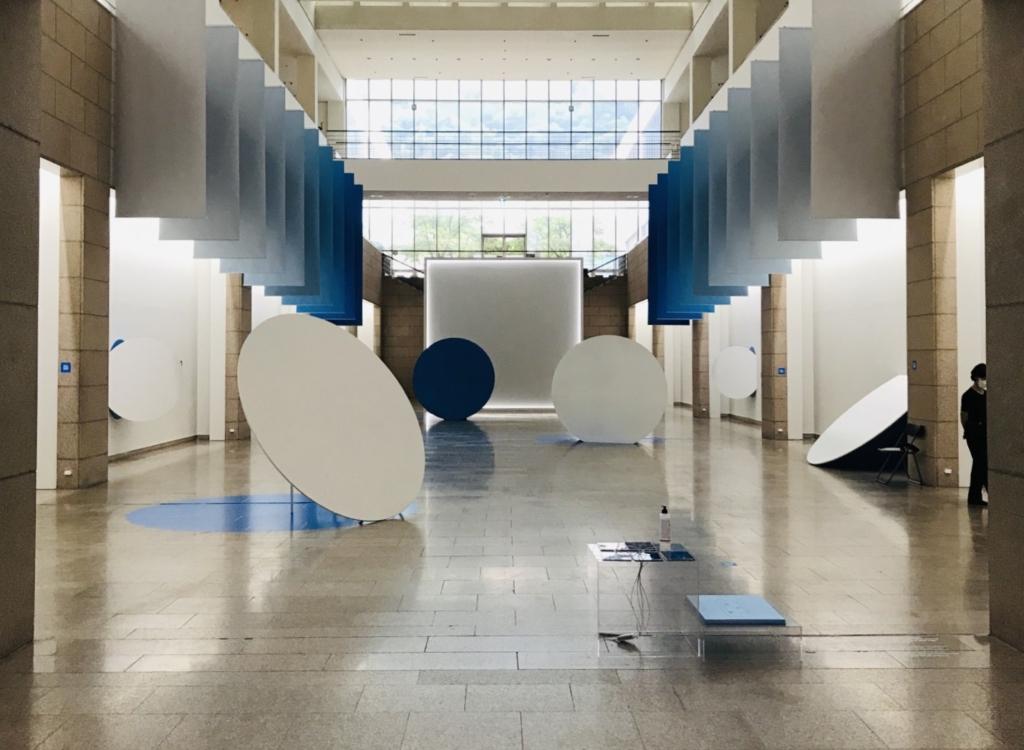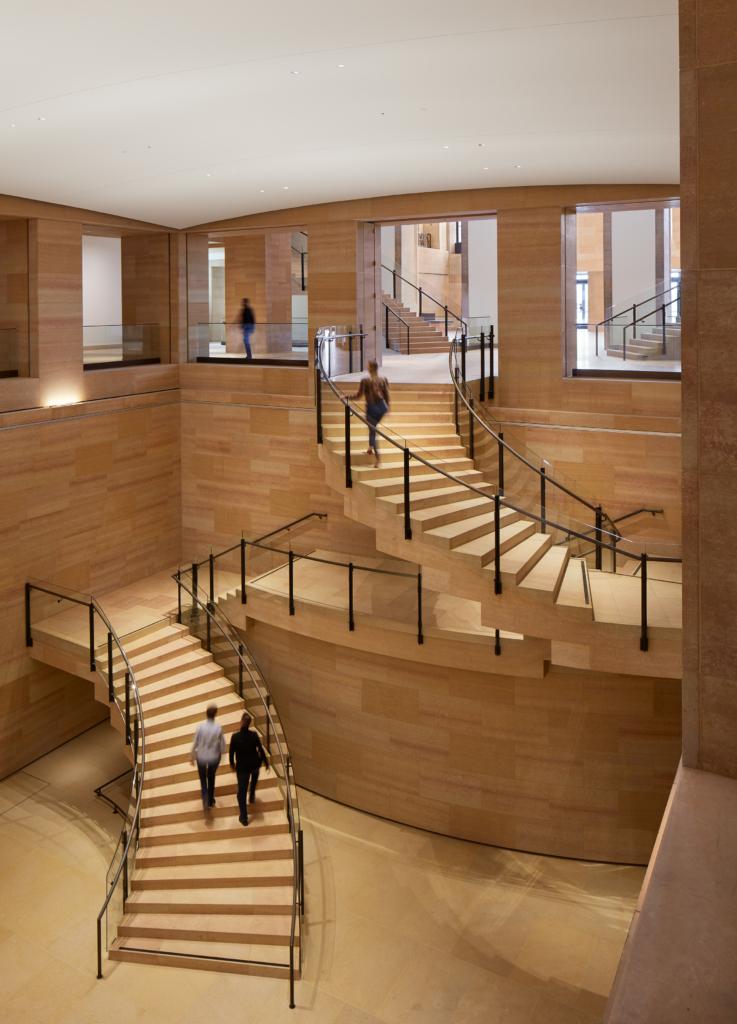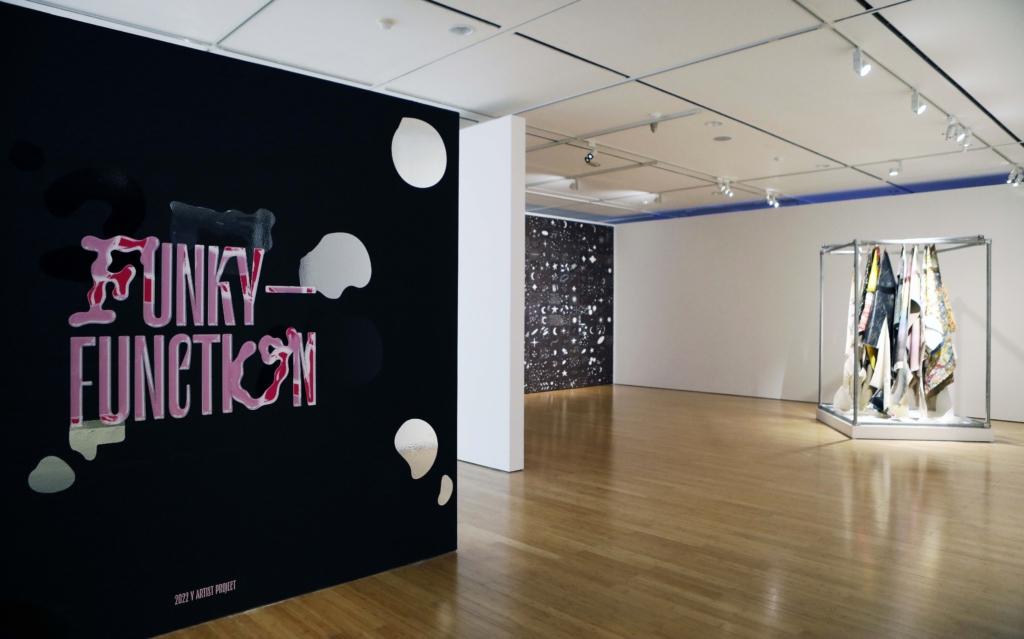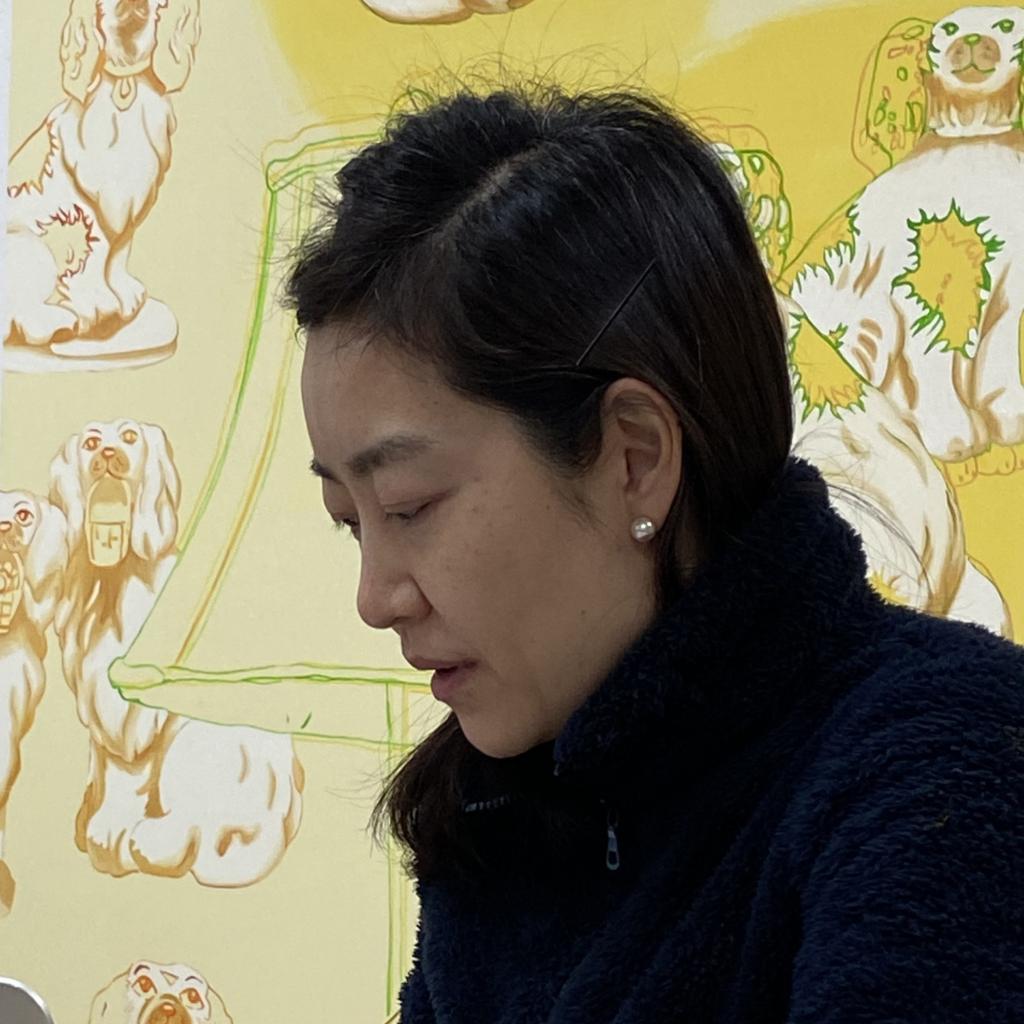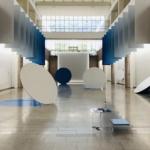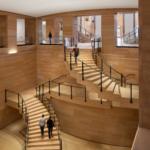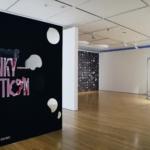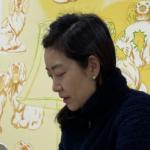"Approximation" at Whistle Introduces the Works of Kim Jipyeong, Jazoo Yang, and Sueyon Hwang to Explore the Gap That Creates Artistic Possibilities
Whistle (3F, 12 Hoenamu-ro 13-gil, Yongsan-gu, Seoul)
January 13, 2023 – February 25, 2023
Can artworks accurately embody the artist’s thoughts? Can the audience clearly grasp the artist’s intentions by observing the artwork?
Suzy Park, an independent curator, has organized an exhibition at Whistle in Itaewon, Seoul, to explore the possibilities that exist in the gap between the artist, the artworks, and the audience. From January 13 to February 25, 2023, the exhibition Approximation features the works of three female artists: Eastern-style artist Kim Jipyeong, painter Jazoo Yang, and sculptor Sueyon Hwang.
Curator Park believes that all the components of an artwork, such as the artist’s idea, the materiality of the work, and the description used to elaborate the artwork, cannot be ideally matched. Park thinks that some abstract result inevitably arises between all the elements and surroundings of an artwork and that a one-to-one correspondence among them is impossible.
When appreciating an artwork, it is impossible to fully understand the artist’s intention, what the artwork physically looks like, or what it is about; rather, we can only understand it through abstracted imagination or, in other words, “approximation.”
Park emphasizes that such an approximation makes various forms of autonomy possible and expands artistic possibilities. In the exhibition, Park reveals her thoughts through the works of three Korean female artists who have captured her attention.
Artist Kim Jipyeong, who majored in Eastern-style painting, pays close attention to the theory of Korean traditional paintings, the creative process, materials, and subject matter of these artworks to reinterpret traditional Korean art from a contemporary perspective.
Before 2013, the artist worked under the name Kim Jihye, who was well-known for her reinterpreted Chaekgeori paintings, a genre of still-life paintings of books and stationery, and other traditional Eastern-style artworks. However, Kim changed her artist name and abandoned her former styles in 2013 to explore new grounds in her artistic practices. Kim currently works on illuminating objects, theories, and stories that have been neglected in traditional art, encompassing a vast array of folktales, myths, and ancient literature.
A folding screen and several drawings are presented in the exhibition. In the folding screen work, the painting, usually placed in the center, is replaced with Janghwang (粧䌙), which are decorative accessories for folding screens or scrolls. The screen features a collage of geometric shapes comprised of the accessories, such as silk pieces and papers. By transforming Janghwang into the central element of the folding screen, the artist shed light on the cultural connotations that had been neglected in the history of Korean art.
On the other hand, the drawing depicts a variant of the Korean letter “ㄹ(rieul).” The artist is intrigued by the fact that the letter appears in numerous Korean words that refer to natural objects, such as water (물), fire (불), and stone (돌).
Based in Seoul, Kim Jipyeong (b. 1976) has held solo exhibitions at ART SPACE BOAN 1 (Seoul, 2020), GalleryMEME (Seoul, 2019), Hapjungjigu (Seoul, 2017), and Gana Art Center (Seoul, 2013). Her works have been presented in numerous group exhibitions, including those held at SongEun Art Space, Gyeongnam Art Museum, Seoul Museum of Art, Art Space Pool, Busan Museum of Art, and Daejeon Museum of Art. Public collections include the Seoul Museum of Art, National Museum of Modern and Contemporary Art’s Art Bank, KEB Hana Bank, Whanki Museum, Heungkuk Life, Gyeongnam Art Museum, Yangpyeong Art Museum, and the Amorepacific Museum of Art, among others.
Artist Jazoo Yang, who identifies as a painter, creates artworks that span various genres, such as painting, installation, performance, and street art. She has also worked in various locations, including Berlin, Paris, London, and Australia. Interested in marginalized urban areas or the outskirts of cities, the artist collects various fragments created by these places, such as scraps from old building walls, torn wallpaper, and broken tiles. She creates a collage-like piece by recombining these urban byproducts with resin.
As a symbol of memory, the artist captures the traces of time through these found objects that have lost their value over time. By transforming seemingly worthless materials into works of art, Yang gives these objects and the places where they were found a new sense of value.
In addition to resin works, the exhibition also showcases a large canvas piece. Taking advantage of this exhibition, the artist, who visited Korea, created a piece that incorporated traces of a Hanok, a traditional Korean-style house located in Yeongdeok. She ground or burned various elements such as soil, rafters, reeds, roof tiles, and rice straws that can be found around the Hanok and presented them on paper as drawings.
Currently based in Berlin, Germany, Jazoo Yang (b. 1979) has held solo exhibitions at SOMA Art Space (Berlin, 2022), Space K (Gwacheon, 2019), Maison de l’Architecture de Franche-Comté (Besançon, 2018), and Space CAN (Beijing, 2014). Yang’s works have been featured in group exhibitions at Kunstraum Kreuzberg, Haus am Lützowplatz, Saatchi Gallery, Frieze London, Jeju Biennale, Nuart Festival, Castlemaine State Festival, Tangyang Art Center, and Busan Biennale Sea Art Festival. Important public collections include the Musée du Temps de Besançon, the Oh-woon Cultural Foundation, and BOAN 1942.
Artist Sueyon Hwang attempts to understand the unique characteristics of various materials and works to emphasize or transform their quality. For example, Hwang hammers thin and light aluminum foil to transform it into a heavy mass. Or, she fills white paper with graphite to alter the material’s original texture and color. The creative process behind Hwang’s artworks is a process of breathing, competing with, and experiencing materials.
Recently, Hwang has been mainly working with paper, which is a common material that can be easily found in our daily lives. At first glance from a distance, the work made of paper appears to have the pattern and volume of familiar sculptures, such as heavy marble or glossy gold. Hwang’s sculpture works, made by attaching and bonding thin paper together, create a disconnect between the work’s visual representation and its actual mass and texture.
Sueyon Hwang (b. 1981) is an artist based in Seoul. She has held solo exhibitions at Hakgojae Gallery (Seoul, 2021), DOOSAN Gallery (New York, 2019), DOOSAN Gallery (Seoul, 2019), Dimension Variable (Seoul, 2017), and Kumho Museum of Art (Seoul, 2017). Hwang’s works have appeared in group exhibitions at the National Museum of Modern and Contemporary Art, Korea, the Buk-Seoul Museum of Art, the Kumho Museum of Art, Art Space 3, Chapter II, the DOOSAN Gallery, and the 11th Gwangju Biennale.
Aproject Company. Co., Ltd | Founder & CEO : Jay Jongho Kim
216 Dosan-Daero, B2F, Gangnam-gu, 06047 Seoul, Korea
Business Number : 894-88-01945
Contact : aproject.company@gmail.com
Mail-order-sales registration number : 제 2021-서울강남-04243 호


























